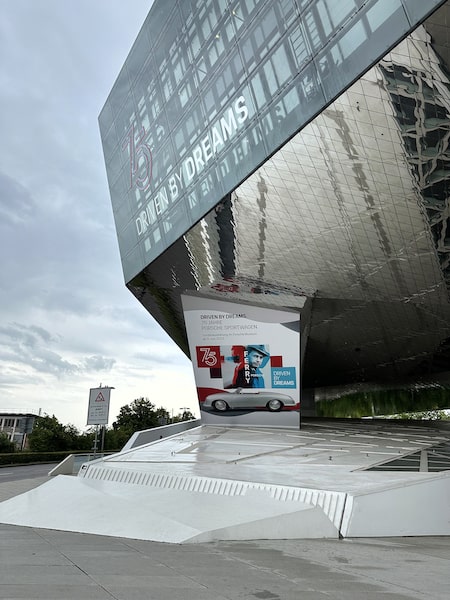If you’re a motoring enthusiast like me, you’ve probably got a pretty long bucket list of car-related things to see and do in your life. Maybe it’s to drive the famed Nürburgring or take your Corvette “home” to Bowling Green. Perhaps the Goodwood Festival of Speed is more your style, or spectating an F1 race at Monaco, São Paulo, or Singapore, or maybe it’s just to actually just get behind the wheel of your favourite dream car.
Those are all still on my list and while this line of work has afforded me some pretty brilliant automotive experiences, a recent trip to Germany helped me check off a few more from my list.
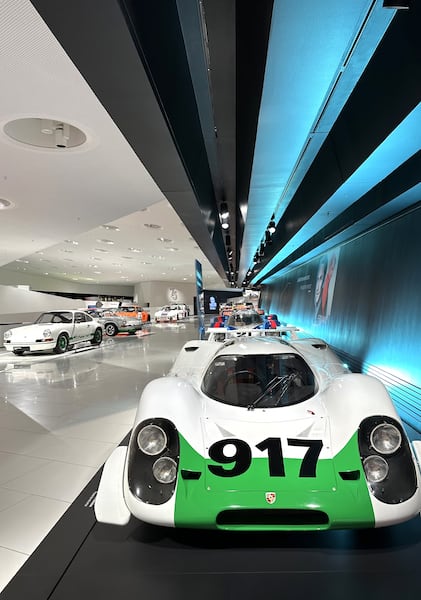
I’ve been a Porsche fan since I was a kid, with plenty of toys, posters, and books about the marque acquired over the years. I’ve been fortunate enough to drive a number of them and even owned one for a while, but when the opportunity to visit the Porsche Museum, with special access to the corporate archives was presented, I was properly excited.
The German car companies are understandably proud of their corporate lineage and each Audi, BMW, Mercedes-Benz, and Porsche, have constructed extensive and impressive museums to celebrate their achievements. The Porsche Museum began with comparatively modest facilities in the mid-1970s with a space capable of containing only 20 or so exhibits.
Not to be outdone by the elaborate Mercedes-Benz museum across town
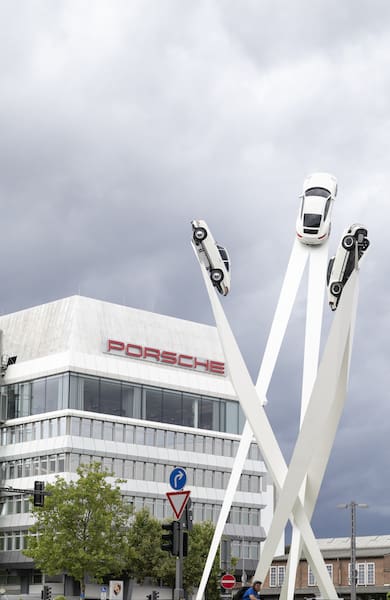
Following the opening of the elaborate Mercedes-Benz museum across town in 2006, Porsche set to work on what would become a 100 million-euro facility offering more than 60,000 square feet of display space that opened to the public in January 2009. On site, there’s a service facility, a café and a high-end restaurant named Christophorus (after the brand’s magazine), to ensure an experience in line with such a premium brand is possible for visitors.
But even before entering the museum itself, Porsche fanatics can’t help but feel the history in the area. Situated in the northern Stuttgart suburb of Zuffenhausen, the museum faces a roundabout decorated with a sculpture that thrusts three 911s skyward, while just beyond is the multi-level assembly line that produces the Taycan EV. A few steps further down the block is Porsche Werk 1, the original red brick factory buildings for Porsche dating back to the company’s inception.
Inside the Museum and the ever-changing Porsche exhibits
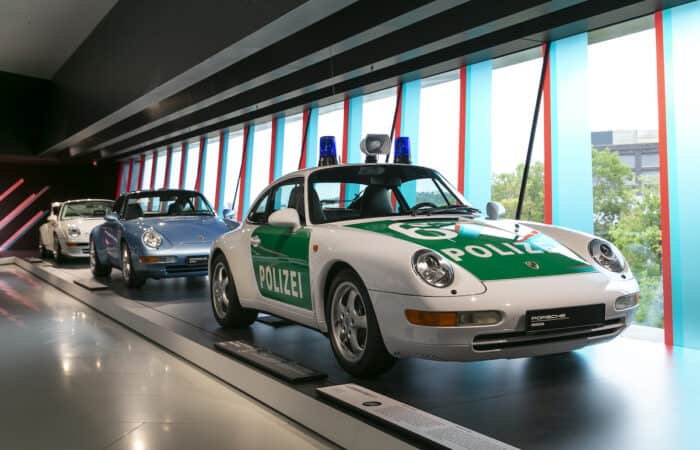
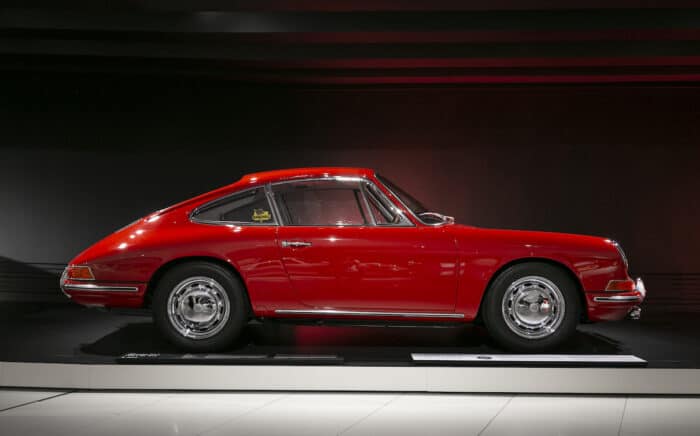
The museum building is a wildly dramatic monolith with sweeping arcs, hard edges, glass and metal cladding. Cleverly, it also rises up and outward, providing cover over an expansive brick forecourt that can host people, presentations, or many Porsches, should an occasion warrant it. Entering the space, visitors will find a bright lobby with reception and ticket sales, and of course, a small gift shop, but looking past that, a glass wall allows a peek into the Museum’s workshop where the 700 cars in the museum’s collection are kept not only looking good but in many cases, top mechanical form, too.
The museum’s exhibits are ever-changing, and right now Porsche is celebrating its 75th anniversary (with next year paying tribute to 60 Years of the 911). Visitors follow a path that winds through the exhibits, starting with some of Dr. Porsche’s earliest work, including a reproduction of his first machine, an electric car created for another company.
The cars, the history

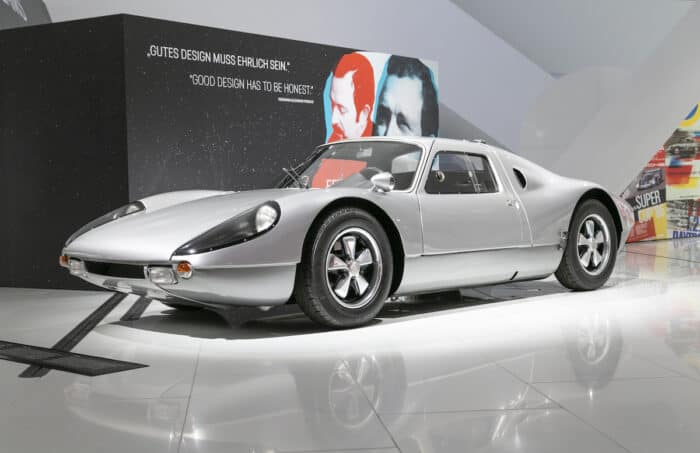
Moving on to work under the Porsche brand, the stainless-steel design study shell for the 356 coupe is beautiful enough that it wouldn’t be out of place as a fine art gallery sculpture. Comparatively, an alternate design direction considered for the 911 looks so gangly and awkward, I found myself grateful that young Ferdinand took over the design himself, crafting the iconic shape the world has grown to know and love. My favourite of Ferdinand’s designs, before he set out to start Porsche Design in 1972, was the 904, of which a stunning silver example is displayed, surely surprising many visitors at just how diminutive it is.
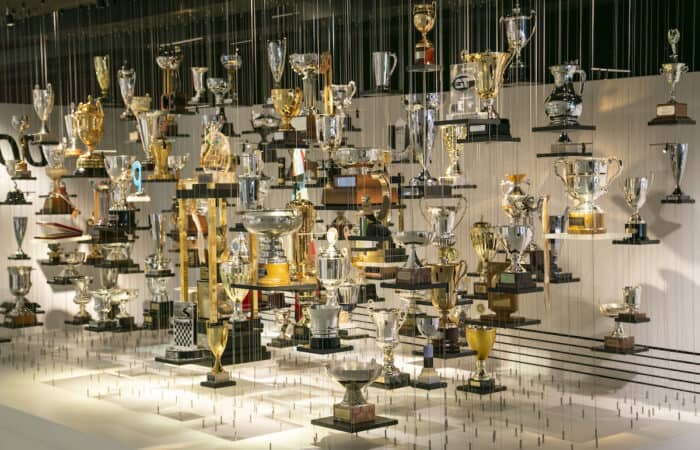
Porsche’s extensive racing success is well-documented in the museum as well with a collection of racing machines that spans everything from grand prix racing to sports car series, to rally, and of course their long rein at LeMans in the earlier 2000s. There’s also a sensational display of hundreds of the trophies won, suspended from cables as if levitating in space.
Plenty of the cars displayed have unique histories – either for racing significance or sometimes cultural or design importance. One of the earliest production 911s (still known as a 901 at the time) was discovered in a barn in Eastern Germany in 2014 and purchased (and restored) by the museum where it’s proudly displayed. Other highlights include some of the oddities like a design study 1987 Porsche 928 wagon and the rather hideous, ’89 Panamericana concept that foretold many future 911 design cues, and even the idea of Porsche creating machines for use off-road (Dakar, anyone?).
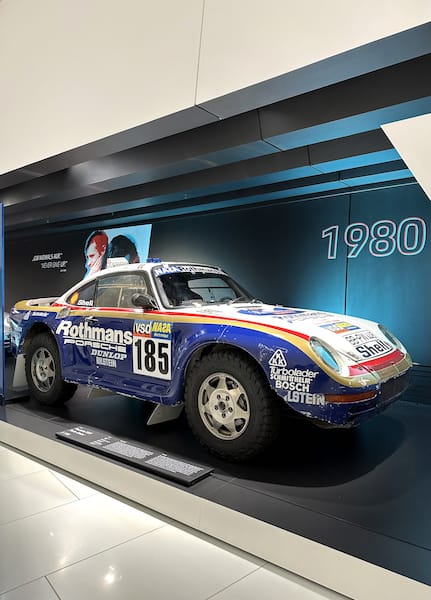
The facility houses the company’s archives, which can be accessed with special permission. Granted a brief tour of some of the most exceptional artifacts, I could’ve spent hours poring over the boxes of old brochures from various models or consuming the library of every known book about Porsche.
In a special climate-sealed, fire-proof room, Dr. Porsche Sr’s early corporate schedules and ledgers are housed, much of which dates back prior to World War II. Even the original hand-drawn Porsche crest is kept safely under lock and key, here. In all, there are more than 2.5 million photos stored and more than two kilometers of files available in the archives.
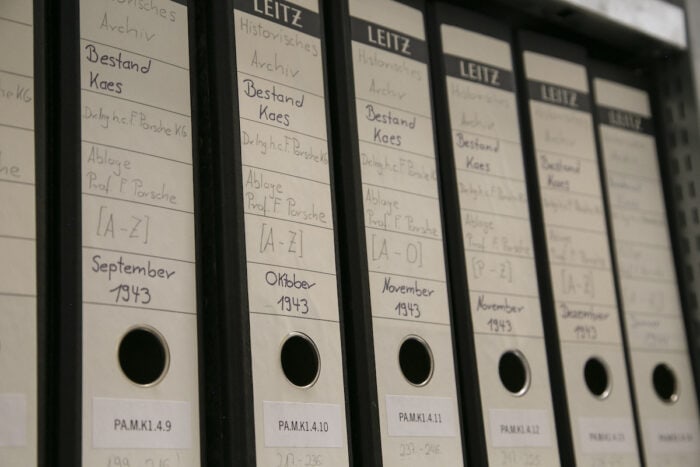
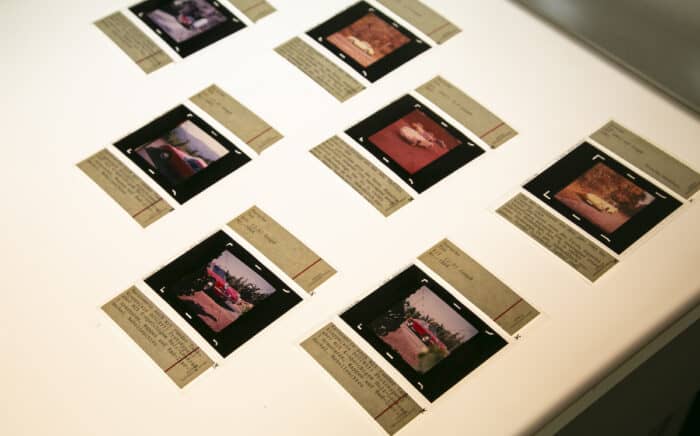

Taking a few historic 911s for a spin around the Swabian Alps
With only a fraction of the museum’s full 700-car collection on display at any time, it’s perhaps most impressive that the majority are kept running and used for various historic rallies and events around the world. Graciously, the museum offered me the privilege of driving a few historic 911s, including a 993-generation Targa that rolled over 10,000 kms on my drive, and a prototype 1985 Carrera 3.2 Clubsport that is perhaps one of the rawest, purest driving experiences I’ve ever had.
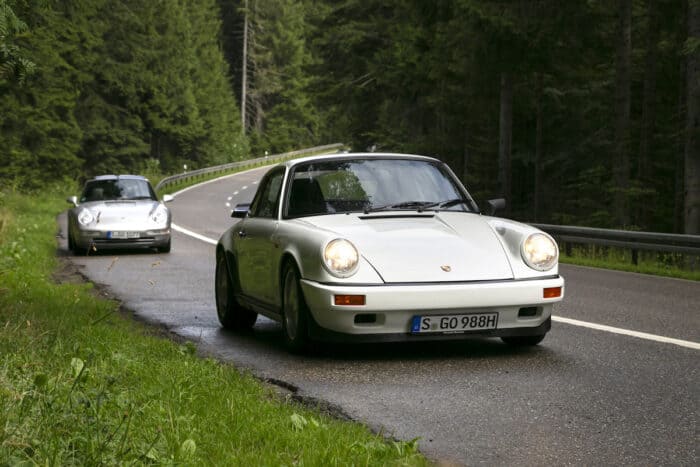
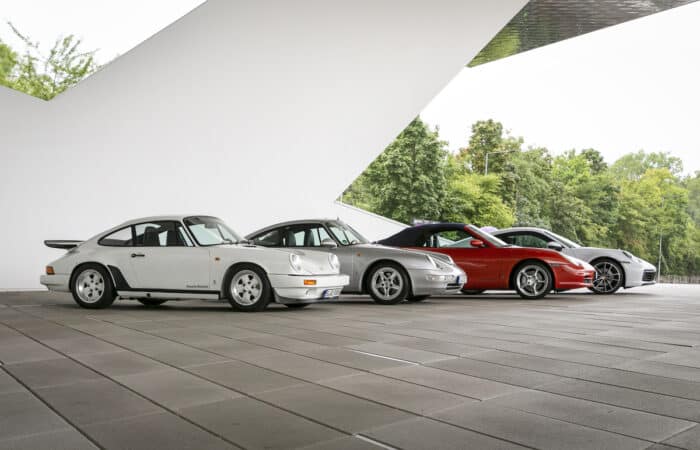
But get this, it’s not just spoiled automotive journalists who can have the full, on-road experience since Porsche also offers rentals of several models – including some GT and historic collection models at the museum itself.
My automotive bucket list still has at least 100 must-do items on it, but time spent in the Porsche Museum and driving some of the very same roads around the Swabian Alps that have been enjoyed by Porsche drivers for generations means I can check off a few very important one from my list.
Closed Mondays, the Porsche Museum is typically open Tuesday to Sunday, from 9:00 AM to 6:00 PM.


